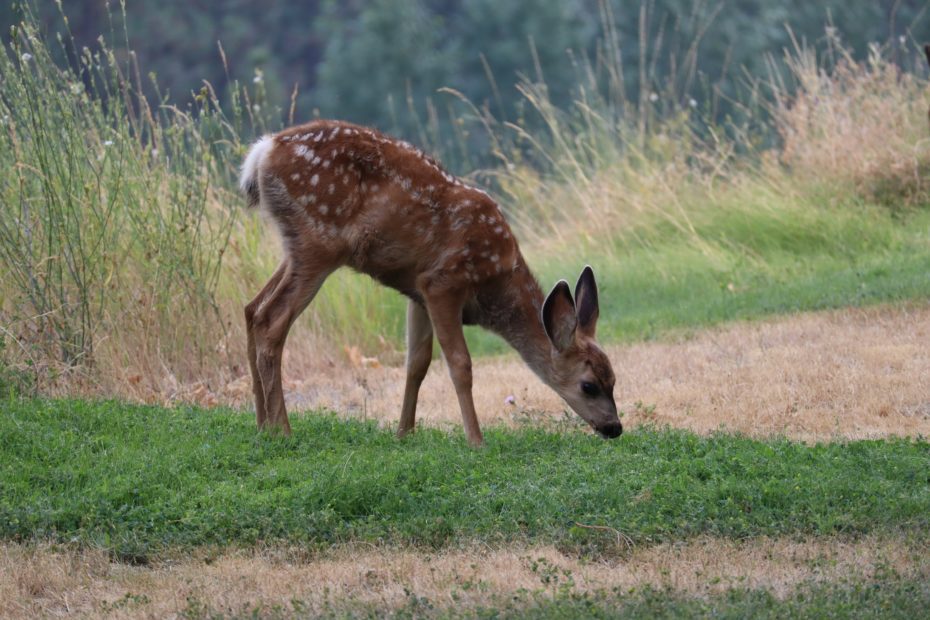Introduction:
Woodlands in the United Kingdom play a vital role in supporting biodiversity, providing habitats for numerous plant and animal species, and serving as a source of recreational activities for people. However, in recent years, the issue of deer damage to woodland has become a growing concern. The increasing deer population, coupled with their feeding and browsing habits, poses significant threats to woodland ecosystems. This post will explore the impact of deer on woodland in the UK, including their browsing behaviour, ecological consequences, and potential management strategies.
Deer Browsing Behavior:
Deer, particularly the roe deer (Capreolus capreolus) and the fallow deer (Dama dama), are known for their browsing behavior, which involves the selective consumption of young tree shoots, saplings, and ground vegetation. This browsing activity can have detrimental effects on woodland regeneration and plant diversity. Deer often target tree species such as oak, birch, and hazel, which are essential components of the woodland ecosystem.
Ecological Consequences:
The excessive browsing by deer can result in a significant reduction in the availability of young trees, inhibiting the regeneration and growth of woodland. This hampers the natural succession process and prevents the establishment of a diverse and healthy woodland ecosystem. Moreover, the loss of ground vegetation due to deer browsing can lead to soil erosion, affecting nutrient cycling and soil health. The decline in plant diversity also impacts other species that rely on specific plants for food and shelter, creating a cascade effect throughout the ecosystem.
Impact on Wildlife:
Deer damage to woodland not only affects plant species but also impacts wildlife populations. The loss of undergrowth reduces the availability of food and cover for ground-nesting birds, small mammals, and invertebrates. Consequently, this can lead to a decline in species diversity and disrupt the delicate balance of the woodland food web. Additionally, the heightened presence of deer can cause displacement of other herbivores, as they compete for limited resources, further affecting biodiversity.
Management Strategies:
To address the issue of deer damage to woodland in the UK, various management strategies have been implemented. One approach involves the selective culling of deer populations through regulated hunting programs. This helps control deer numbers and limit the extent of browsing damage. Additionally, the establishment of deer exclosures, which are fenced-off areas, allows for the protection and regeneration of sensitive woodland sites, allowing native plants to recover and thrive.
Collaborative efforts between landowners, environmental organizations, and government agencies are crucial in implementing effective deer management policies. Raising awareness among the public about the impact of deer on woodland ecosystems can also encourage responsible land management practices and support the conservation of these vital habitats.
Conclusion:
Deer damage to woodland in the UK poses significant challenges to the regeneration, diversity, and overall health of these ecosystems. The excessive browsing by deer negatively impacts woodland plants, disrupts the ecological balance, and threatens wildlife populations. However, through sustainable management strategies, such as controlled culling and the establishment of deer enclosures, it is possible to mitigate the damage caused by deer and ensure the long-term viability of woodland habitats. By prioritizing the conservation of woodlands and addressing the challenges posed by deer, we can safeguard these invaluable ecosystems for future generations.
